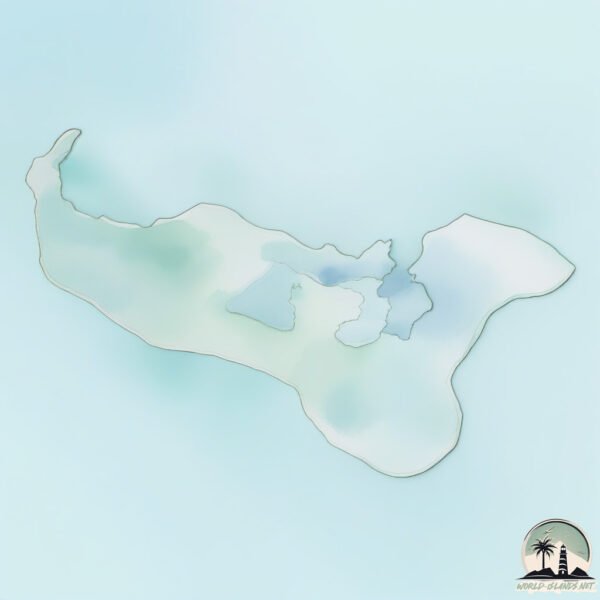Tonga

Welcome to Tonga, a Tropical island in the South Pacific Ocean, part of the majestic Pacific Ocean. This guide offers a comprehensive overview of what makes Tonga unique – from its geography and climate to its population, infrastructure, and beyond. Dive into the details:
- Geography and Size: Explore the island’s size and location.
- Climate and Weather: Weather patterns and temperature.
- Topography and Nature: Uncover the natural wonders of the island.
- Infrastructure and Travelling: Insights on reaching, staying, and making the most of your visit.
- News and Headlines: Latest News.
Geography and size of Tonga
Size: 276.5 km²
Coastline: 158.4 km
Ocean: Pacific Ocean
Sea: South Pacific Ocean
Continent: Oceania
Tonga is a Large Island spanning 276 km² with a coastline of 158 km.
Archipel: Tonga – A Polynesian kingdom of more than 170 South Pacific islands, known for their white beaches, coral reefs, and rich Polynesian culture.
Tectonic Plate: Sunda – Extends across Southeast Asia, encompassing parts of the Sunda Shelf, known for its interaction with the Australian Plate, contributing to volcanic activity in Indonesia.
The geographic heart of the island is pinpointed at these coordinates:
Latitude: -21.17397771 / Longitude: -175.19019447
Climate and weather of Tonga
Climate Zone: Tropical
Climate Details: Tropical Rainforest Climate
Temperature: Hot
Climate Characteristics: This climate is typified by heavy rainfall throughout the year, high humidity, and consistently high temperatures, leading to lush rainforests and rich biodiversity. Seasonal temperature variations are minimal.
Topography and nature of Tonga
Timezone: UTC+13:00
Timezone places: Pacific/Enderbury
Max. Elevation: 65 m
Mean Elevation: 17 m
Vegetation: Open Woodland
Tree Coverage: 47%
The mean elevation is 17 m. The highest elevation on the island reaches approximately 65 meters above sea level. The island is characterized by Plains: Flat, low-lying lands characterized by a maximum elevation of up to 200 meters. On islands, plains are typically coastal lowlands or central flat areas.
Dominating Vegetation: Open Woodland
Characterized by sparsely distributed trees with open canopy allowing sunlight to penetrate, supporting grasses and shrubs underneath. Often found in drier or transitional environments. Tonga has a tree cover of 47 %.
Vegetation: 11 vegetation zones – Exceptionally Diverse Island
Islands with more than ten vegetation zones are among the most ecologically rich and varied in the world. These islands are akin to miniature continents, boasting an incredible array of ecosystems. The sheer range of habitats, from high peaks to deep valleys, rainforests to deserts, creates a mosaic of life that is unparalleled. They are crucial for conservation and ecological studies.
Infrastructure and Travelling to Tonga
Does the island have a public airport? yes.
Tonga has a public and scheduled airport. The following airports are located on this island: Fua’amotu International Airport.
Does the island have a major port? yes.
Tonga is home to a major port. The following ports are situated on the island: NUKU ALOFA.
The mean population of Tonga is 289 per km². Tonga is Moderately Inhabited. The island belongs to Tonga.
The name of the island resonates across different cultures and languages. Here is how it is known around the world: Arabic: تونغاتابو; German: Tongatapu; Spanish: Tongatapu; French: Tongatapu; Portuguese: Tongatapu; Russian: Тонгатапу; Chinese: 汤加塔布岛
Continuing your journey, Eua is the next notable island, situated merely km away.
Tonga Explained in 10 Minutes (History, Geography, & Culture)



Tonga is classified as Developing region: Regions characterized by lower income levels, with economies in the process of industrialization and modernization. The level of income is Lower middle income.
News – Latest Updates and Headlines from Tonga
Stay informed with the most recent news and important headlines from Tonga. Here’s a roundup of the latest developments.
Please note: The data used here has been primarily extracted from satellite readings. Deviations from exact values may occur, particularly regarding the height of elevations and population density. Land area and coastline measurements refer to average values at mean high tide.
